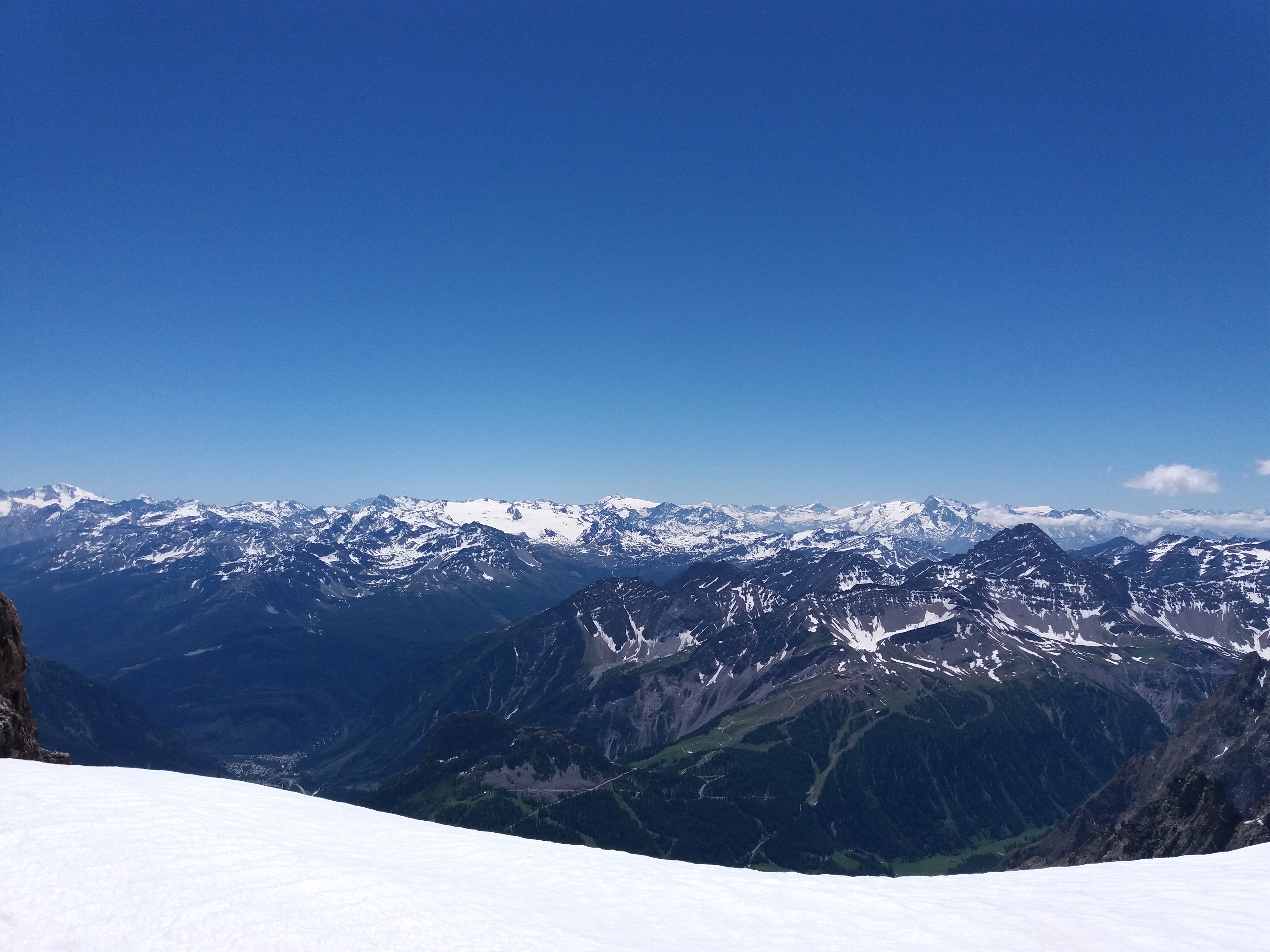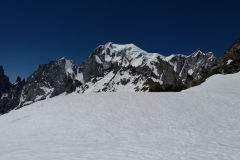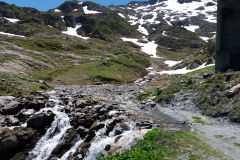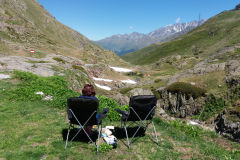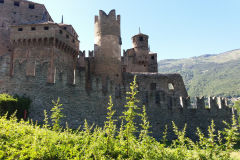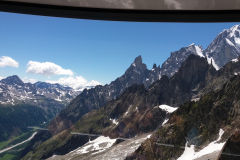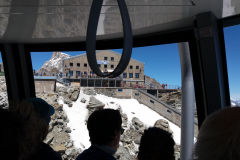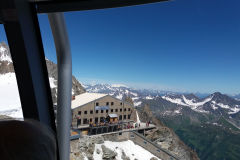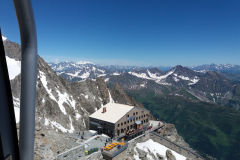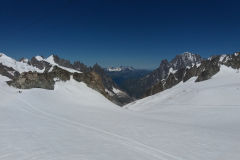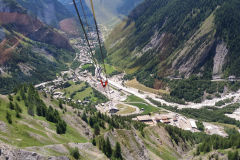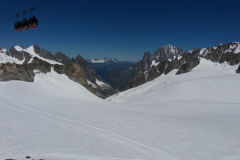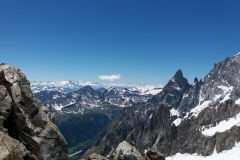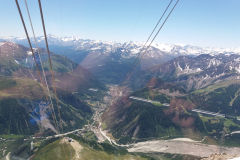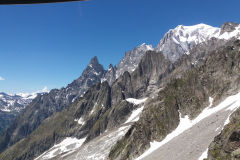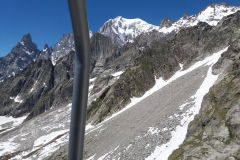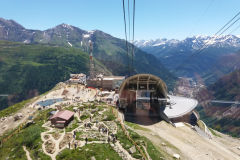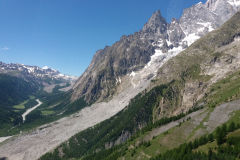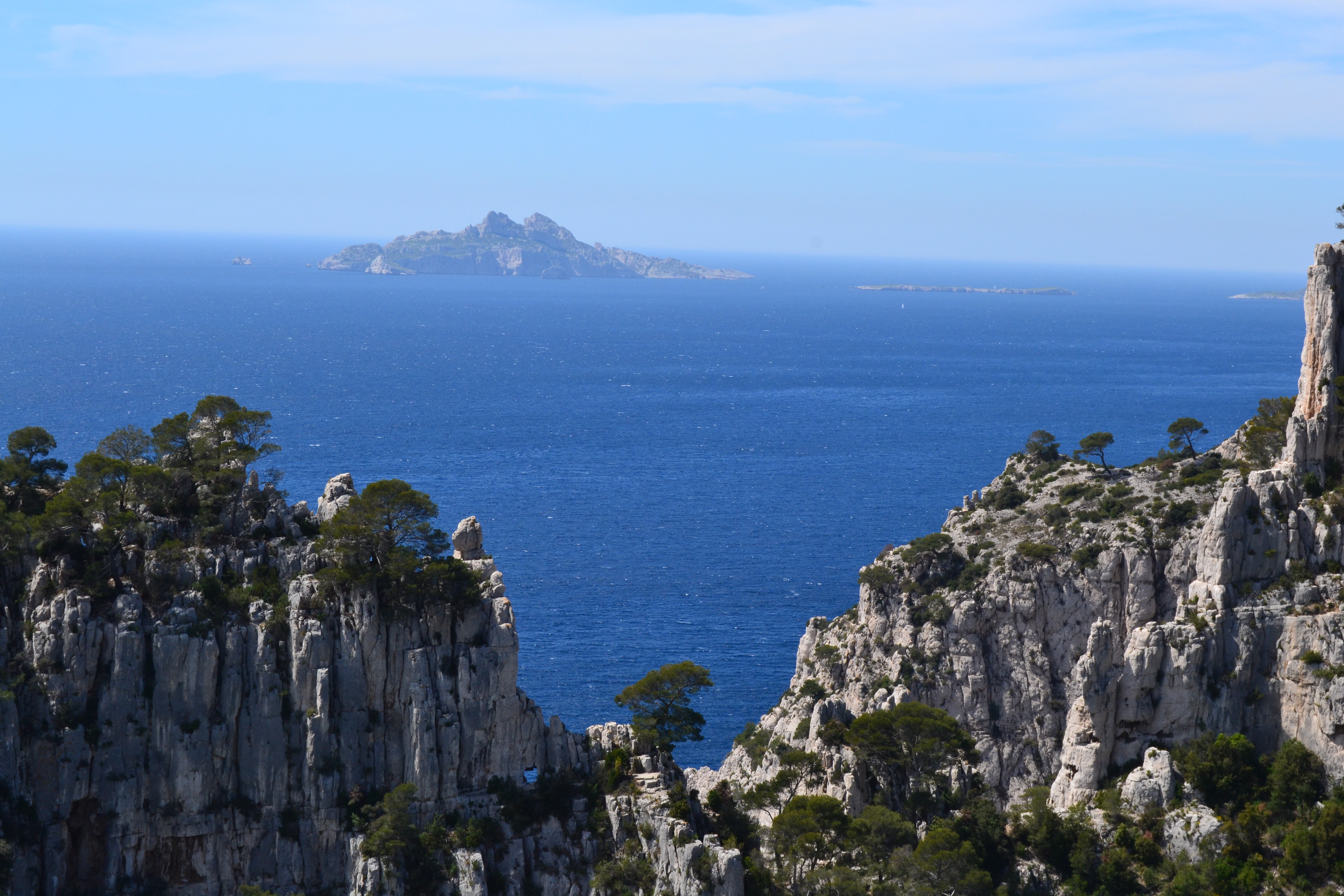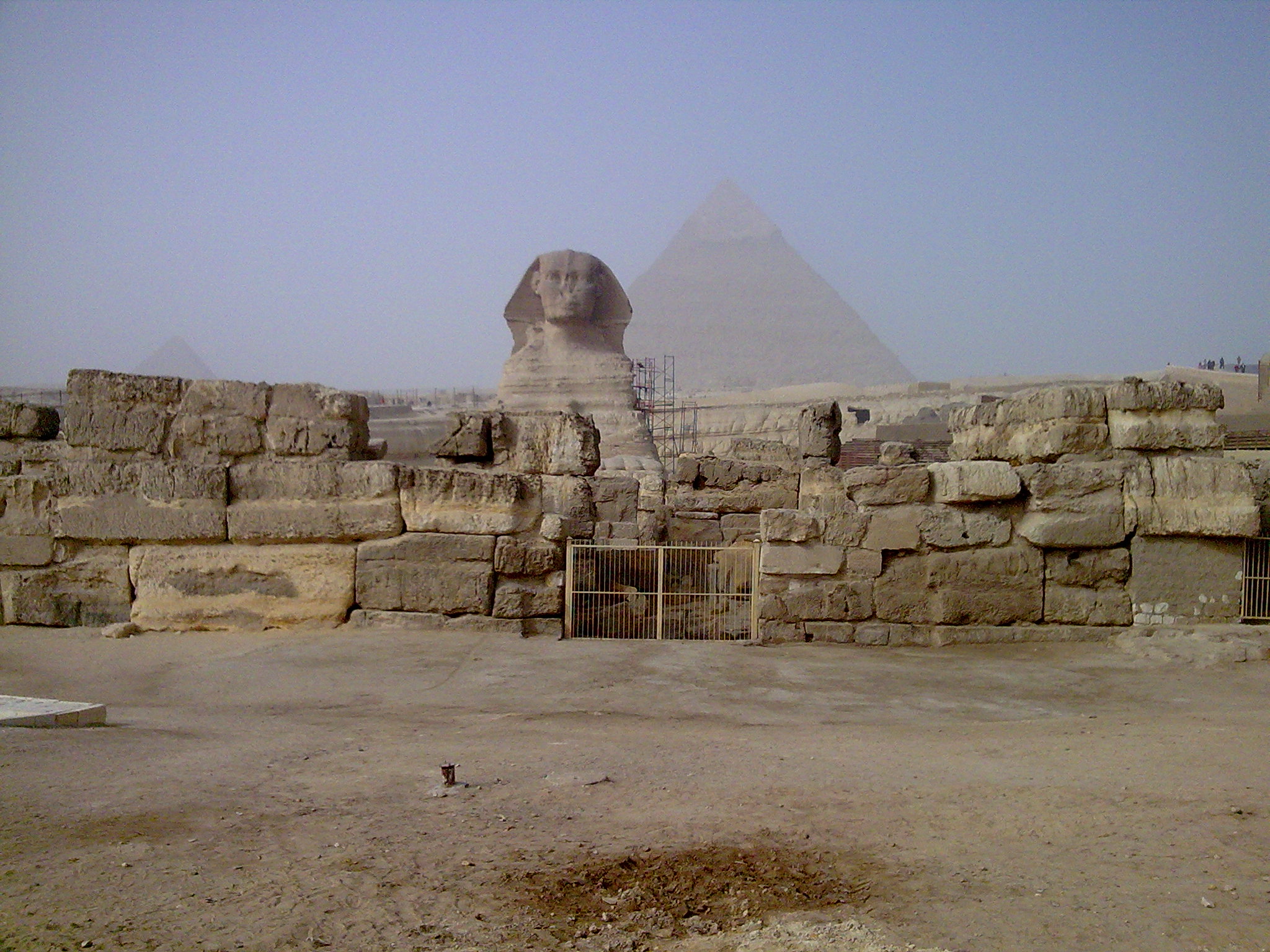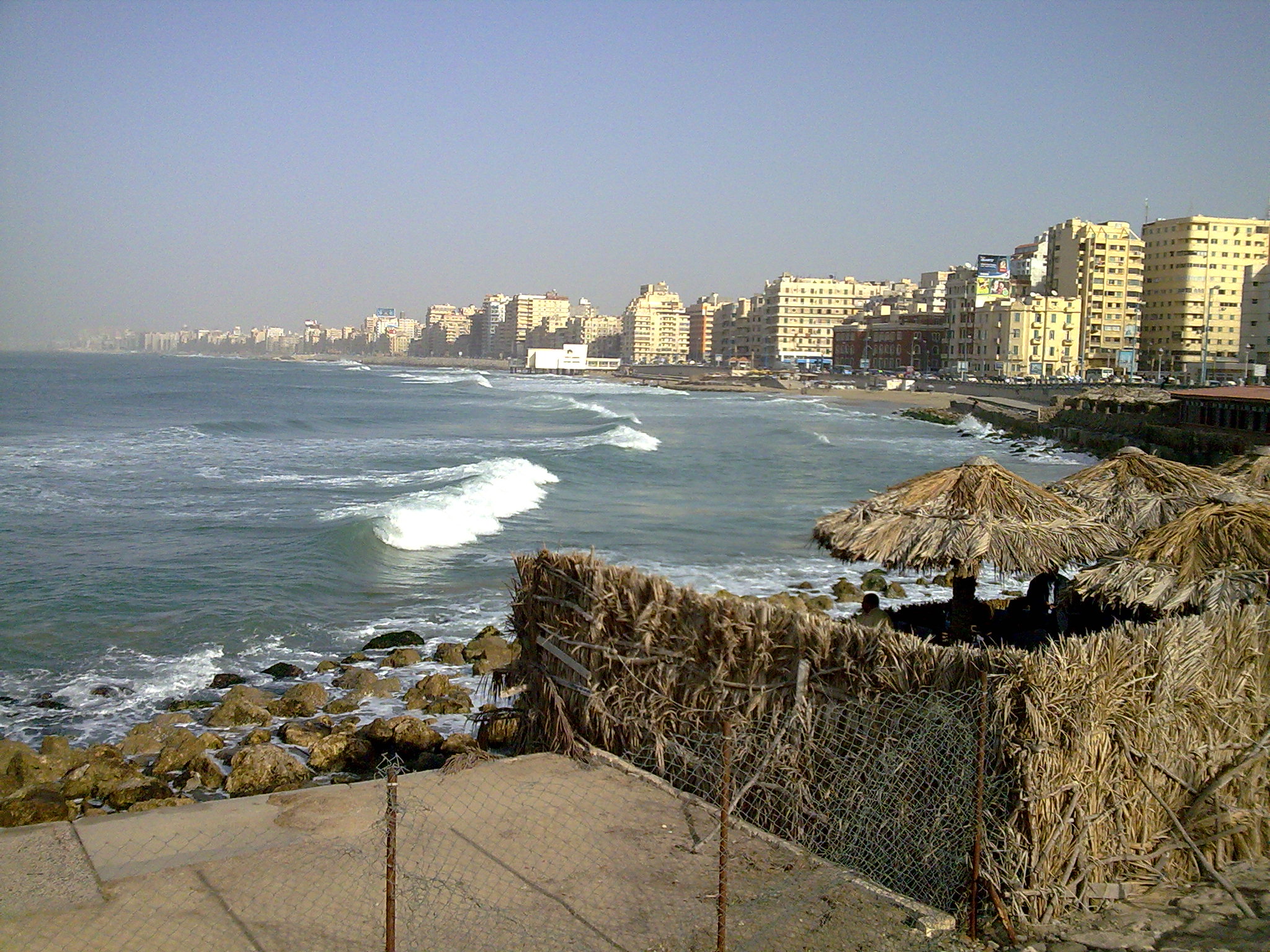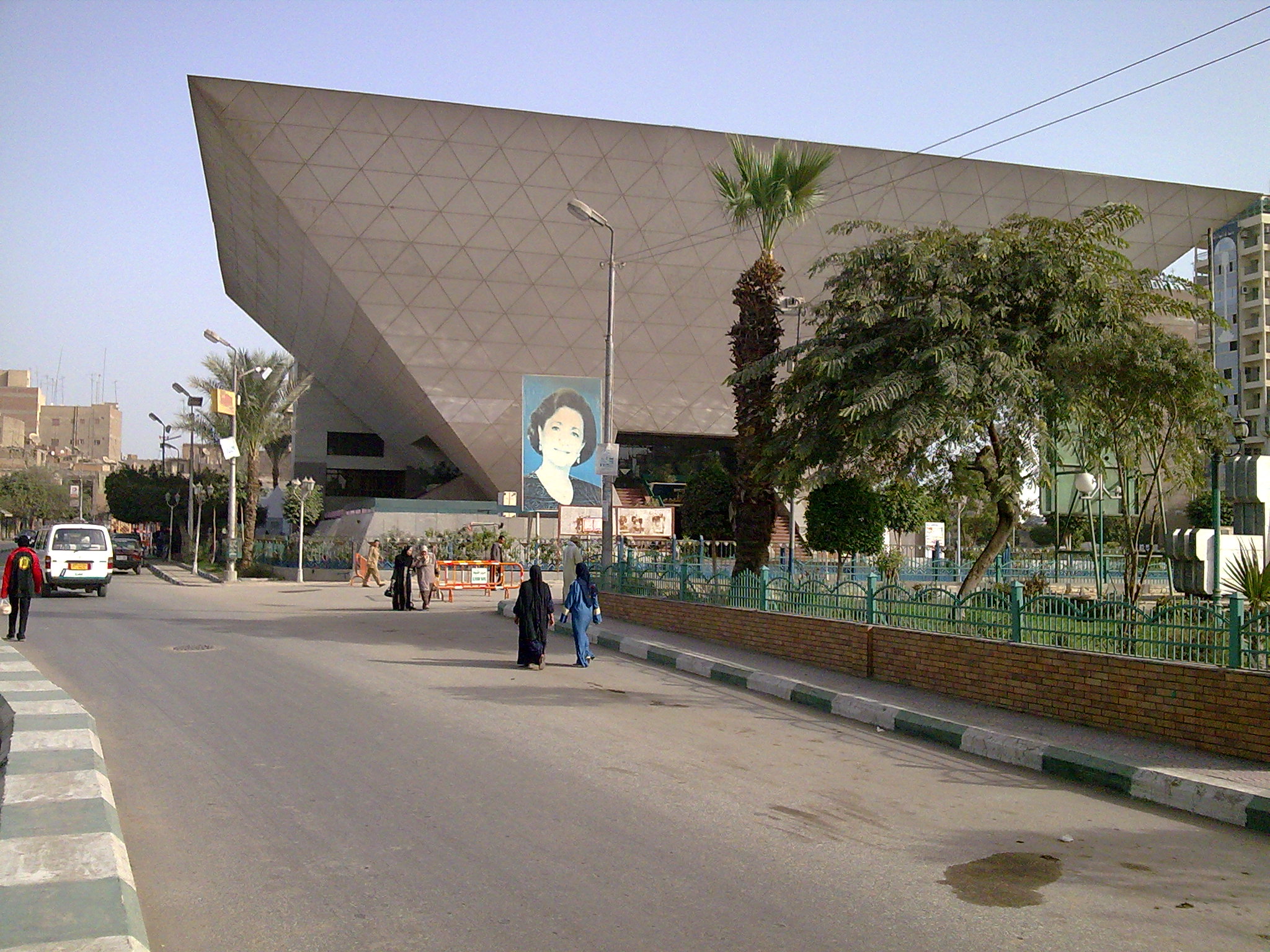The Aosta Valley, located in the northwestern part of Italy, is a region known for its stunning natural beauty, rich history and cultural heritage, and delicious cuisine. The valley is situated in the Western Alps, and is surrounded by some of the highest peaks in the Alps, including Mont Blanc and the Matterhorn. The region’s unique location and natural features make it a popular destination for outdoor enthusiasts, including hikers, skiers, and rock climbers.
„2017 Aosta Valley 2“ weiterlesen2017 Italy / France – Day 7 – Calanques (France)
The Calanques are a series of steep-sided inlets, located along the Mediterranean coast in the Provence region of southeast France. These inlets, also known as fjords, are located between the towns of Marseille and Cassis and are characterized by their dramatic limestone cliffs and crystal clear waters.
„2017 Italy / France – Day 7 – Calanques (France)“ weiterlesenJangsan summit in Busan – South Korea 2018
Jangsan Mountain is a prominent and scenic mountain located in Busan, South Korea. With its towering peak, lush forests, and stunning views, Jangsan Mountain is a popular destination for both locals and tourists, and it is widely considered one of the city’s most iconic natural landmarks.
Jangsan Mountain stands at approximately 368 meters tall, and its steep, rocky slopes are covered in dense forests of pine and deciduous trees. The mountain is located on the western side of Busan, and it provides a dramatic backdrop to the city, as well as stunning views of the surrounding landscapes and the nearby coast.
One of the most popular attractions on Jangsan Mountain is the Jangsan Seongmu Park, which is a large, well-maintained park that offers visitors a chance to experience the mountain’s natural beauty and enjoy a range of outdoor activities. The park features several hiking trails, picnic areas, and scenic lookouts, and it is a popular destination for families, hikers, and nature lovers.
In addition to its natural beauty, Jangsan Mountain is also known for its rich cultural and historical heritage. The mountain is home to several historic temples, including the Jangsan Temple and the Danggam Temple, which are popular destinations for tourists and pilgrimage. These temples are important cultural and religious landmarks, and they offer a glimpse into the rich spiritual and cultural heritage of the region.
Another popular attraction on Jangsan Mountain is the Jangsan Tower, which is a tall observation tower that provides visitors with panoramic views of the city and the surrounding landscapes. The tower is a popular spot for sightseeing and photography, and it is a great place to take in the mountain’s breathtaking views.
In conclusion, Jangsan Mountain is a magnificent and iconic mountain that is a must-visit destination for anyone visiting Busan. With its lush forests, stunning views, and rich cultural and historical heritage, Jangsan Mountain is a true gem in the heart of the city, and it offers visitors a unique and unforgettable experience. Whether you’re interested in hiking, sightseeing, or simply taking in the natural beauty of the area, Jangsan Mountain is a destination that is not to be missed.
History
Jangsan Mountain is a landmark mountain located in Busan, South Korea, and it has a rich and fascinating history that spans thousands of years. From its earliest days as a spiritual and cultural center, to its role as a site of military conflict and industrial development, Jangsan Mountain has played an important role in the city’s history and development.
The earliest recorded history of Jangsan Mountain dates back to the Three Kingdoms period (57 BCE – 668 CE), when the mountain was considered a spiritual and cultural center. During this time, several temples and shrines were built on the mountain, and it was considered an important place of pilgrimage. One of the most notable temples on Jangsan Mountain was the Jangsan Temple, which was founded during the Three Kingdoms period and is still standing today.
In the centuries that followed, Jangsan Mountain continued to play an important role in the region’s cultural and spiritual life. During the Goryeo Dynasty (918-1392), the mountain was a center of Buddhism, and several temples and monasteries were established on its slopes. During this time, Jangsan Mountain was also a popular destination for artists and intellectuals, who were drawn to its scenic beauty and cultural heritage.
In the modern era, Jangsan Mountain played an important role in the city’s development and growth. During the late 19th and early 20th centuries, Busan was undergoing rapid industrialization, and Jangsan Mountain was the site of several major industrial developments. The mountain was the site of several coal mines, and its forests were cleared to make way for new industrial and residential developments.
However, Jangsan Mountain also played a role in the darker moments of Busan’s history. During the Korean War (1950-1953), the mountain was the site of several battles between North Korean and South Korean forces, and it was also used as a staging area for military operations.
Today, Jangsan Mountain is a popular destination for visitors to Busan, and it has been preserved and protected as a natural and cultural heritage site. The mountain is home to several parks and nature reserves, as well as several historic temples and shrines. It is widely considered one of the city’s most iconic landmarks, and it attracts thousands of visitors each year.
In conclusion, Jangsan Mountain is a landmark mountain with a rich and fascinating history that spans thousands of years. From its earliest days as a spiritual and cultural center, to its role as a site of military conflict and industrial development, Jangsan Mountain has played an important role in the city’s history and development, and it continues to be an important and beloved part of Busan’s cultural and natural heritage.
Geology
Jangsan Mountain is a unique and geologically significant landmark located in the city of Busan, South Korea. The mountain is composed of a variety of rock formations, including granite, gneiss, and schist, and it provides a fascinating window into the geological history of the region.
One of the most notable features of Jangsan Mountain is its granite formations, which are some of the oldest rocks in the region and date back to the Precambrian Era (approximately 4 billion years ago). These granite formations are some of the best examples of Precambrian-era rocks in South Korea, and they provide valuable information about the region’s geological history and evolution.
Another notable aspect of Jangsan Mountain’s geology is its gneiss formations, which are metamorphic rocks that have been altered by heat and pressure over millions of years. These gneiss formations are some of the oldest rocks in the region and provide valuable information about the geological forces that shaped the region over time.
The schist formations on Jangsan Mountain are also of geological significance, as they are part of the Jangsan Schist Belt, a geologic formation that runs along the southeastern coast of South Korea. These schist formations were formed over hundreds of millions of years as the result of tectonic activity and the collision of two ancient land masses.
In addition to its rock formations, Jangsan Mountain is also home to several unique geological features, such as valleys, waterfalls, and caves. These features are the result of millions of years of erosion and weathering, and they provide an opportunity to explore the dynamic geological processes that have shaped the region over time.
Today, Jangsan Mountain is protected as a natural heritage site, and its geology is a popular subject of study and research. Geologists, geology students, and outdoor enthusiasts alike are drawn to the mountain for its unique rock formations, geological features, and breathtaking landscapes.
Jangsan Mountain is a unique and geologically significant landmark located in Busan, South Korea. From its ancient granite formations to its gneiss and schist formations, Jangsan Mountain provides a fascinating window into the geological history of the region and offers a wealth of opportunities for exploration and study.
2016 Liechtenstein
Liechtenstein is a small, landlocked country located in the heart of Europe, bordered by Switzerland to the west and Austria to the east. It is the fourth smallest country in Europe, with a total area of just over 160 square kilometers. Despite its small size, Liechtenstein has a rich history that spans centuries.
„2016 Liechtenstein“ weiterlesen2012 China – Intro
Travelogue of a 2000 km tour through China in May-June 2012. Due to a business stay I had some days to travel around in China with starting point Dalian. The question arose at the beginning, where to go and what is feasible in which time. Originally the route was supposed to run further west, but was discarded due to lack of time. A detour to inner Mongolia was also rejected, as the return would have to take place on the same route. So I decided for maximum day trips of about 300 – 500 km with the destination Shanghai in nine days.
„2012 China – Intro“ weiterlesen2009 Egypt – Day 1 – Cairo
Actually this trip had been planned differently, but R. jumped in to briefly explore Egypt. The flight to Cairo departed around 0100 from Berlin Tempelhof airport, where we had parked the car somewhere nearby. That was of course quite a stupid time for a flight to get somewhere. The flight lasted about 4 hours and went over Eastern Europe and then always along the Nile. Although it was dark, it looked quite interesting from above with all the lights and roads. The entry procedure consisted of some fee, the delivery of a photo and something that was attached to the perso. Outside we were picked up by someone and taken to the hotel. On the drive through the whole of Cairo one saw again and again entrenched guards on the streets and at the corners.
„2009 Egypt – Day 1 – Cairo“ weiterlesen2009 Egypt – Day 2 – Alexandria
At some point we decided to make a detour to Alexandria. The only option is the train, which is why we started early on our way to the station. Coming from Gizah we took the bus which brought us directly to the station. In the station there was a ticket counter and somehow we could make ourselves understandable and got two tickets for the next train to Alexandria. The train waited already at the track so that we could get on after a cigarette break immediately. Sometime the train departed and went forever through Cairo and the suburbs of Cairo along the Nile delta to the north to the coast.
„2009 Egypt – Day 2 – Alexandria“ weiterlesen2009 Egypt – Day 3 – El Fayoum
We got up again pretty early to see something. Somehow we had the idea to drive to Al Fayum, but I don’t know if we decided to do it in the evening or spontaneously after leaving the hotel when we saw the minibuses at one corner. In retrospect it seems to me that we had done this quite spontaneously. Not far from our hotel in direction south was a big roundabout in which many such small buses stopped. At the roundabout there was of course also again such a MG contactor position.
„2009 Egypt – Day 3 – El Fayoum“ weiterlesen
